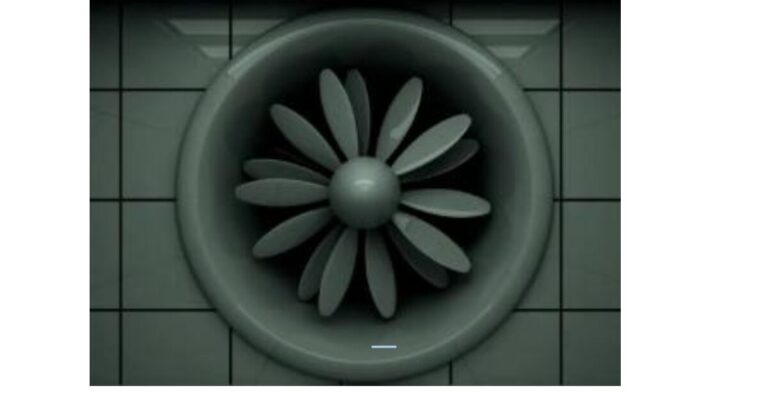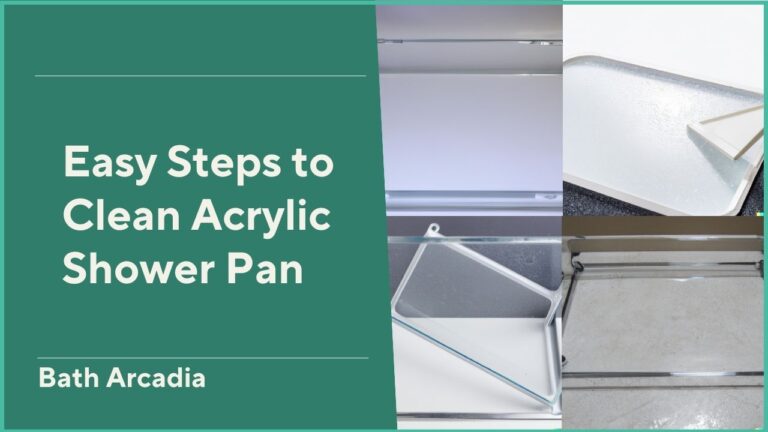Bathroom walls are often overlooked when it comes to cleaning. However, they can accumulate dirt, grime, and bacteria over time. This guide will show you how to clean bathroom walls effectively.
Step 1: Gather Your Supplies
Before you start cleaning your bathroom walls, gather the following supplies:
- A bucket
- Warm water
- White vinegar
- Baking soda
- A sponge or microfiber cloth
- A soft-bristled brush
- A step ladder
These supplies are common household items that you can easily find in your kitchen or laundry room. They are also safe and eco-friendly alternatives to harsh chemicals that may damage your walls or harm your health.
Step 2: Prepare the Cleaning Solution
Mix equal parts of warm water and white vinegar in a bucket. For stubborn stains, add a tablespoon of baking soda to the solution.
The cleaning solution is simple but effective. The vinegar is a natural disinfectant and deodorizer, while the baking soda helps remove stains and odors. The warm water helps dissolve the dirt and grime.
Step 3: Remove Dust and Cobwebs
Use a soft-bristled brush or a vacuum cleaner to remove dust and cobwebs from the walls.
Dust and cobwebs can make your walls look dull and dirty. They can also trigger allergies and asthma. Removing them will make your cleaning easier and more efficient.
Step 4: Test the Cleaning Solution
Before cleaning the entire wall, test the cleaning solution on a small, inconspicuous area to ensure it doesn’t damage the paint or wallpaper.
Different types of paint or wallpaper may react differently to the cleaning solution. Testing it first will help you avoid any unpleasant surprises or damages.
Step 5: Clean the Walls
Dip a sponge or microfiber cloth in the cleaning solution and wring out the excess water. Start cleaning the walls from top to bottom in small sections. Rinse the sponge or cloth frequently in the bucket of cleaning solution.
For stubborn stains, sprinkle baking soda on a damp sponge or cloth and scrub gently. Rinse with clean water.
Cleaning the walls from top to bottom will prevent streaks and drips. Working in small sections will help you focus on each area and avoid missing any spots. Rinsing the sponge or cloth frequently will prevent the spreading of dirt and bacteria.
Baking soda is a natural abrasive that can help remove tough stains without scratching your walls. However, be careful not to scrub too hard or too long, as this may damage your walls.
Step 6: Dry the Walls
Use a dry microfiber cloth or towel to dry the walls thoroughly.
Drying the walls will prevent mold and mildew growth, which can cause health problems and damage your walls. It will also make your walls look shiny and clean.
Step 7: Clean Grout Lines
Mix baking soda and water to form a paste to clean grout lines between tiles. Apply the paste to the grout lines and scrub gently with a soft-bristled brush. Rinse with clean water.
Grout lines are porous and can harbor dirt, bacteria, mold, and mildew. Cleaning them regularly will keep them sanitary and prevent discoloration.
Baking soda is a natural whitener that can help restore the original color of your grout lines. However, avoid using it on colored grout, as it may bleach.
Step 8: Clean Mold and Mildew
If you notice mold or mildew on your bathroom walls, mix equal parts of warm water and white vinegar in a spray bottle. Spray the affected area and let it sit for 10 minutes. Scrub gently with a soft-bristled brush and rinse with clean water.
Mold and mildew are fungi that can grow on damp surfaces. They can cause health issues such as allergies, asthma, infections, and respiratory problems. They can also damage your walls by causing stains, peeling, cracking, or rotting.
Vinegar is a natural fungicide that can kill mold and mildew spores. However, if you have a severe mold or mildew problem, you may need to use a commercial product or hire a professional cleaner.
Step 9: Prevent Future Buildup
To prevent future buildup of dirt and grime on your bathroom walls, wipe them down with a damp microfiber cloth once a week.
Wiping down your bathroom walls regularly will keep them fresh and clean. It will also reduce the need for deep cleaning in the future.
You can also use some preventive measures such as:
- Ventilating your bathroom well by opening windows or using fans.
- Use mildew-resistant paint or wallpaper on your walls.
- Use shower curtains or doors that are easy to clean.
- Avoid storing wet towels or clothes on your walls.
- Use natural air fresheners such as plants or essential oils.
Conclusion
Cleaning bathroom walls is essential to maintaining good hygiene in your home. Following these simple steps, you can keep your bathroom walls clean and fresh. You can also enjoy a more pleasant and relaxing bathroom experience.


